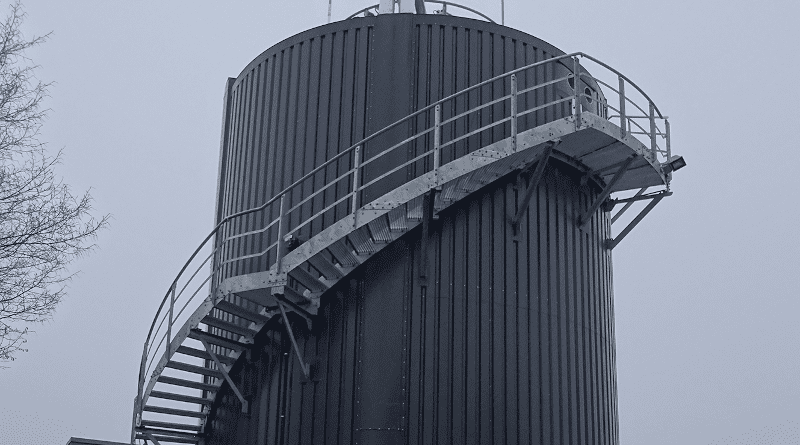Pilot Project RoKKa Uses Wastewater To Produce Fertilizer And Raw Materials
“Until now the task of a wastewater treatment plant was mainly to clean wastewater,” says Dr.-Ing. Marius Mohr, Project manager at Fraunhofer Institute for Interfacial Engineering and Biotechnology IGB. “Now we are also looking at the raw materials contained in the wastewater.” Scientists from Fraunhofer IGB, the University of Stuttgart, the University of Kassel and the Technical University of Kaiserslautern are working on the sustainable biorefinery together with the companies SolarSpring GmbH, Deukum GmbH, Nanoscience for life GmbH, Umwelttechnik BW GmbH, the city of Erbach and the Steinhäule Treatment Plant Administrative Union.
Securing raw materials using microalgae and electrosynthesis
The scientists are testing methods for extracting phosphorus and nitrogen compounds for fertilisers from wastewater. The microalgae are also used to produce plant fortifiers and agricultural soil conditioners. Even the CO2 that is produced during the production of biogas is separated and reprocessed into a raw material for the chemical industry. “That way, principles of bioeconomy are applied and sewage treatment plants can become a sustainable source of raw materials. The recovery of phosphorus and nitrogen as fertiliser closes the nutrient cycle and has a positive effect on the climate,” says Dr.-Ing. Anette Zimmermann, Head of Environmental Technology and Bioeconomy at Umwelttechnik BW.
The ePhos process enables the recovery of phosphorus. With the help of a sacrificial anode made of magnesium, the phosphorus is electrochemically precipitated as struvite. Two pilot plants separate the ammonium nitrogen from the sludge water. One plant follows the principle of membrane gas absorption with membrane contactors, the other works on the principle of membrane distillation.
The RoKKa pilot project assesses the impact of nitrogen recovery with a view to the climate balance of wastewater treatment plants. The conventional degradation of nitrogen compounds at sewage treatment plants produces a considerable amount of the greenhouse gas nitrous oxide (N2O), also known as laughing gas. The extent to which the nutrients contained in the wastewater serve as food for microalgae is also being tested. In addition to light, algae require CO2 for photosynthesis. It comes from the biogas digestion process and is separated with the help of an amino acid solution. At the same time, another way of utilising CO2 is being tested. Part of the CO2 is converted into formate by an electrosynthesis plant. Formate is a basic chemical used in the chemical industry. The project thus demonstrates the possibility of recycling CO2.
Biorefinery at the Erbach and Neu-Ulm wastewater treatment plants
The pilot plants in the towns of Erbach and Neu-Ulm will be integrated into existing sewage treatment plants and tested with real wastewater. “We are pleased to be a research partner making this project possible,” says Thomas Schniertshauer from the Erbach building authorities. “Already in 2016, we took the first step towards a bioeconomy with the construction of a high-load digestion process at our wastewater treatment plant. Now we are proud to expand our wastewater treatment plant into a sustainable biorefinery.”
The project is funded by the Baden-Württemberg Ministry of the Environment, Climate Protection and the Energy Sector as part of the ERDF (European Research and Development Fund) programme “Bioeconomy – Biorefineries for the recovery of raw materials from waste and wastewater”. ERDF is a structural fund that supports economic, territorial and social cohesion within the EU. Project coordination and public relations are being managed by Umwelttechnik BW, the state agency for environmental technology and resource efficiency in Baden-Württemberg.

